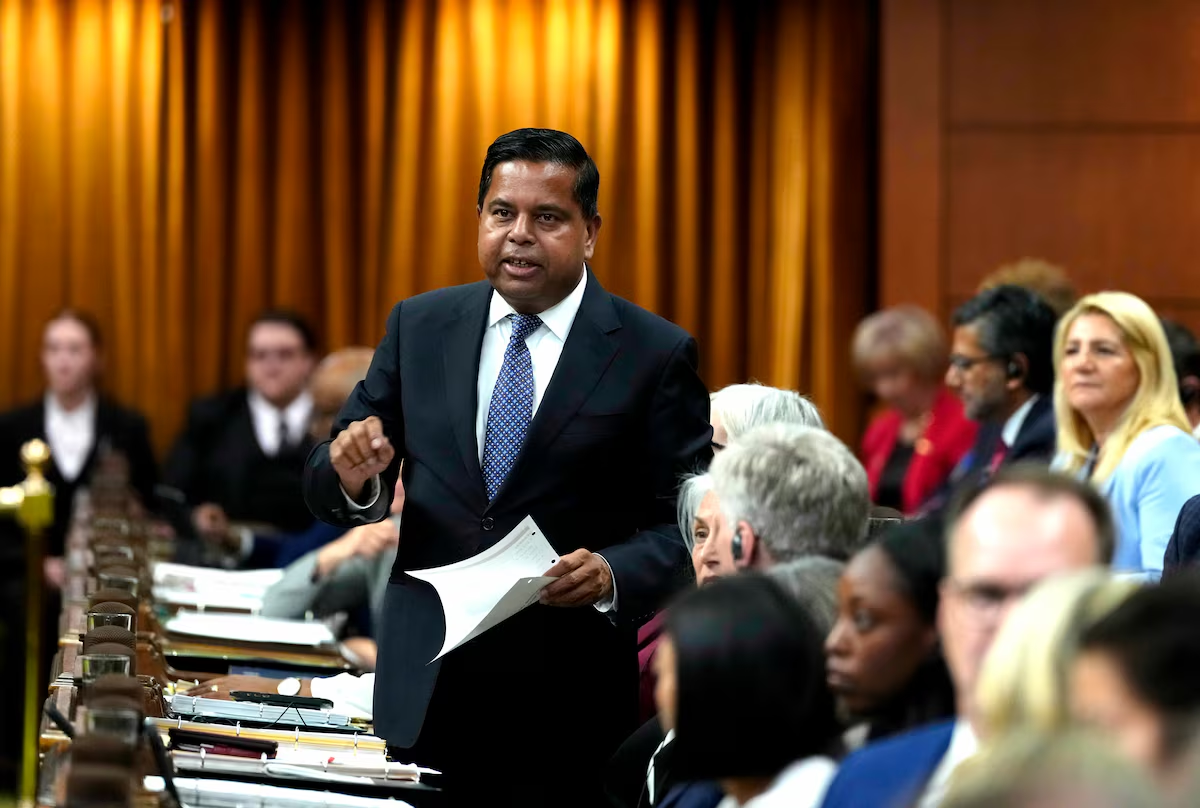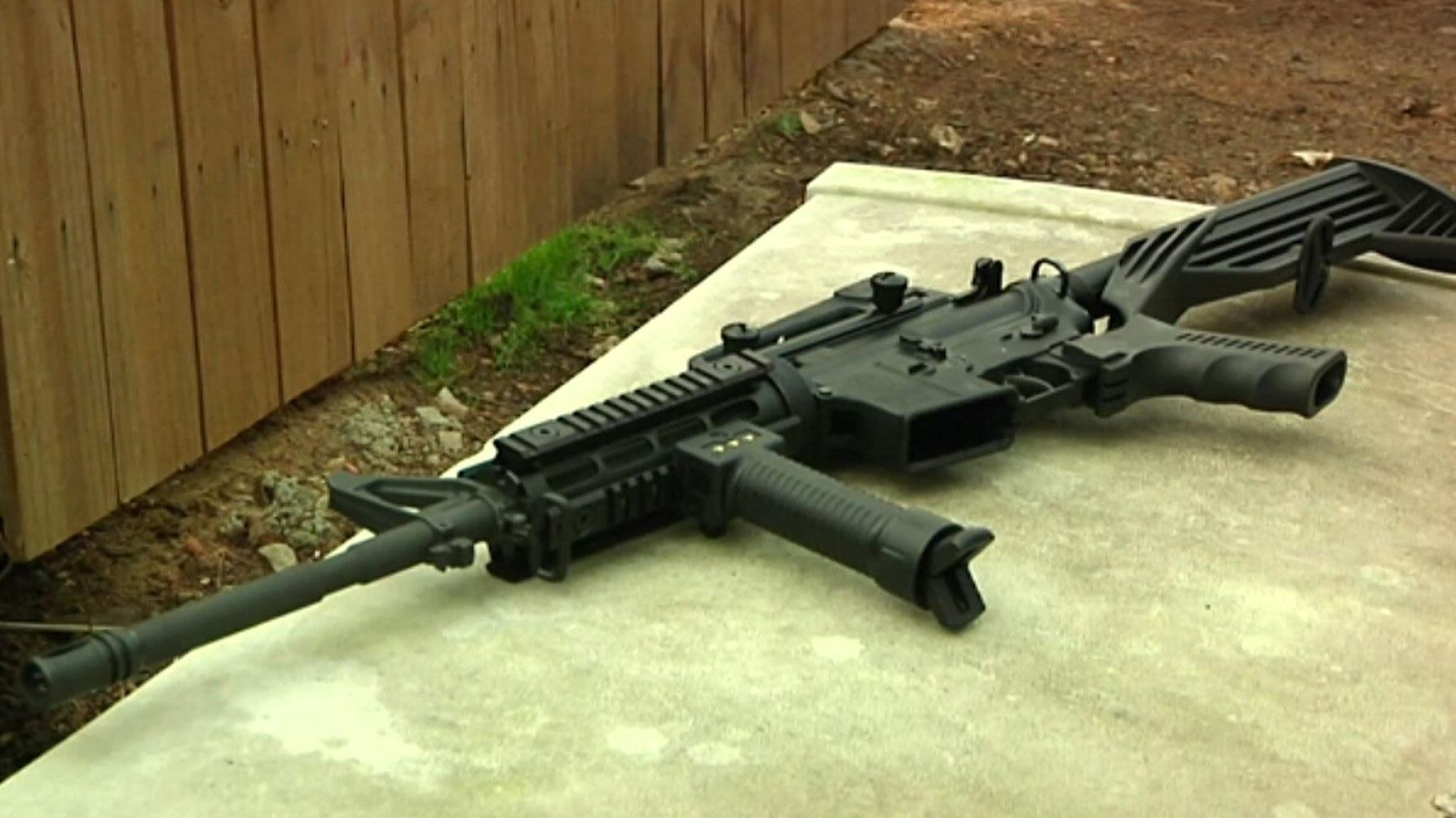After what feels like forever, the firearm buyback Canada program is actually happening. But if you’re waiting to turn in your gun, you’ll need to be patient just a little bit longer.
The government just announced they’re starting small – really small. Nova Scotia gets to go first.
Here’s what’s been going on behind the scenes, and why this matters to gun owners across the country.
The Long Road Here
Remember back in 2020 when the government banned around 2,500 types of guns? They called them “assault-style firearms” and promised owners they’d get paid for turning them in.
That was almost five years ago.
Since then, it’s been deadline after deadline, extension after extension. Gun owners have been sitting in limbo, not allowed to use their firearms but not getting paid either.
The firearm buyback Canada program was supposed to be simple. Hand in your banned gun, get money back. Easy, right?
Not even close.
What’s Actually Starting Now
Public Safety Minister Gary Anandasangaree announced that the firearm buyback Canada pilot project will begin in Cape Breton, Nova Scotia, next month. But here’s the catch – it’s only for a small group of people at first.
“We are resolved to implement this program,” Anandasangaree said during a recent announcement.
Individual gun owners across Canada will have to wait until later in 2025 to participate in the full firearm buyback Canada program.
Who Can Actually Use It Right Now
Currently, the firearm buyback Canada program is only open to businesses. Gun stores, dealers, and manufacturers can submit claims to get compensated for their banned firearms.
All claims for firearms and devices prohibited on May 1, 2020 must be submitted through your ASFCP account no later than April 30, 2025 to receive compensation.
So far, businesses in Canada have filed 12,195 compensation claims for prohibited firearms.
That’s a lot of guns sitting in stores and warehouses, waiting to be bought back by the government.
The Money Behind It All
The firearm buyback Canada program has been allocated $742 million total. That’s a huge chunk of change, but when you think about how many guns are out there, it starts to make sense.
Some guns are worth hundreds of dollars. Others cost thousands. The government has to figure out fair compensation for each type.
The tricky part? Nobody really knows exactly how many banned firearms are out there in people’s homes.
What Gun Owners Are Saying
Gun owners have mixed feelings about the firearm buyback Canada program. Some are relieved they’ll finally get compensated. Others are frustrated it took so long.
“It’s about time,” said one gun owner from Ontario who didn’t want to be named. “I’ve been waiting years to know what happens to my rifle.”
But not everyone’s happy. Some gun owners think the compensation won’t be enough. Others believe the whole ban was wrong in the first place.
The firearm buyback Canada program has become a hot political topic, especially with an election coming up.
How It’ll Work for Regular People
When the firearm buyback Canada program opens to individuals later this year, here’s what you can expect:
You’ll need to create an online account. Then you’ll submit details about your banned firearm – make, model, serial number, that kind of stuff.
The government will tell you how much they’ll pay you. If you agree, they’ll arrange to pick up your gun and send you a check.
At least, that’s the plan. The Nova Scotia pilot will test whether this actually works smoothly.
The Enforcement Question
Here’s where things get interesting. Recently, Minister Anandasangaree was caught on tape saying police don’t have the resources to enforce the firearm buyback Canada program.
“Police don’t have the capacity to go after these individuals,” he said in the recording.
What does that mean? Well, if you don’t participate in the firearm buyback Canada program, the cops probably won’t come knocking on your door.
The amnesty period protecting gun owners from prosecution runs until October 2025. After that? Nobody’s really sure what happens.
Different Provinces, Different Reactions
The firearm buyback Canada program isn’t popular everywhere. Several provinces have said they won’t help the federal government collect banned guns.
Alberta, Saskatchewan, and Manitoba have all pushed back. They say it’s a waste of money that won’t make anyone safer.
Ontario and Quebec are more supportive, but even there, some police forces aren’t thrilled about the extra work.
Starting in Nova Scotia makes sense because the provincial government there is more willing to cooperate.
What Happens Next
The firearm buyback Canada pilot in Nova Scotia will run for a few months. If it goes well, the program will expand across the country.
Gun owners will get more details about compensation rates and the sign-up process closer to the full launch.
The government also plans to add more recently banned firearms to the firearm buyback Canada program. Guns prohibited in December 2024 and March 2025 will be included later this year.
The Bottom Line
After years of delays and confusion, the firearm buyback Canada program is finally moving forward. It’s not perfect, and it’s not fast, but it’s happening.
If you own a banned firearm, your wait is almost over. The pilot project in Nova Scotia will help iron out the problems before the full firearm buyback Canada program launches nationwide.
Whether you love it or hate it, this program is going to affect thousands of Canadian gun owners. The next few months will show us whether the government can actually pull this off.
For now, banned firearms remain under amnesty. But that protection won’t last forever. The firearm buyback Canada program might be your best – and only – option to get something back for your investment.
